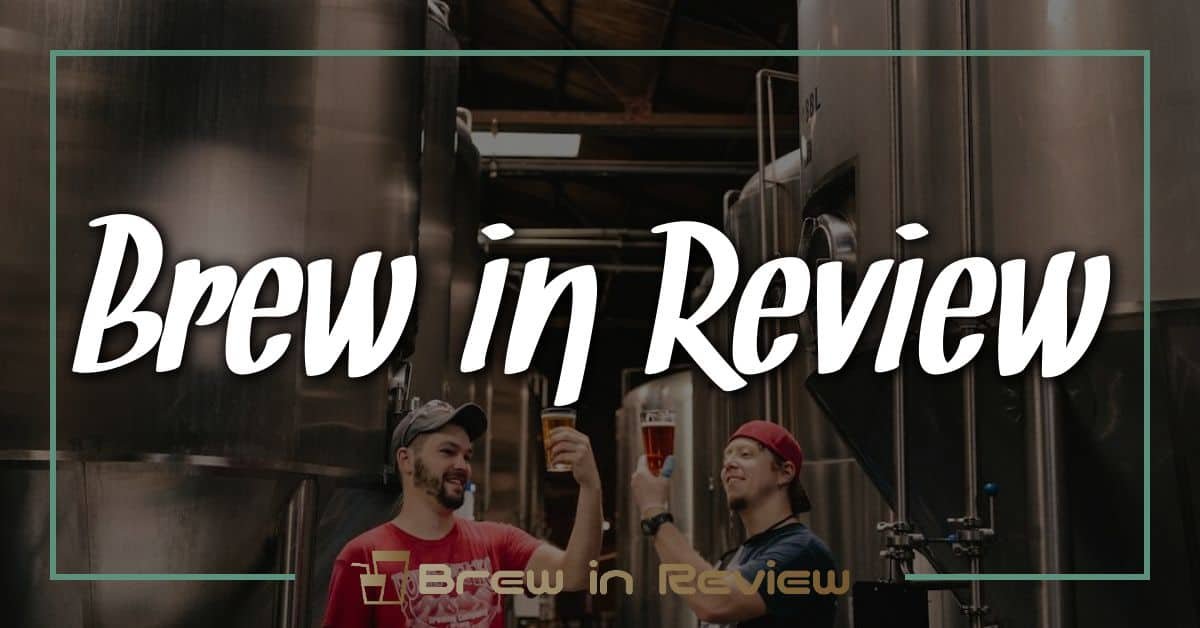As I dive into the world of craft beer, it’s exciting to think about where the industry is headed in 2025. With a growing number of breweries popping up and consumers becoming more adventurous with their choices, the landscape is constantly shifting. I can’t help but wonder how these trends will shape our drinking experiences and the way we connect with our favorite brews.
Overview of Craft Beer Industry
The craft beer industry continues to evolve rapidly, driven by innovation and consumer interest. As a passionate brewer, I see firsthand how these changes shape our brewing landscape.
Current State of Craft Beer
The craft beer market boasts over 8,000 breweries in the U.S. as of 2023, showing remarkable growth compared to previous years. The majority of these establishments are small, independent operations focusing on unique recipes and local ingredients. Consumers increasingly seek authenticity and flavor complexity, so breweries respond with experiments in sour ales, barrel aging, and innovative hop varieties. The rise of non-alcoholic craft beers also adds variety, catering to those interested in mindful drinking choices.
Importance of Trends in 2025
Trends emerging in 2025 directly influence how I approach brewing. Sustainability plays a key role as breweries adopt eco-friendly practices. Expect an increase in locally sourced ingredients, waste reduction methods, and energy-efficient brewing technologies. Additionally, the incorporation of technology in brewing processes streamlines operations and enhances quality. Consumer preferences continue to shift towards health-conscious options, such as lower-calorie beers and functional ingredients, impacting product development. Staying attuned to these trends ensures I create beers that resonate with today’s adventurous drinkers.

Key Trends Shaping the Industry
The craft beer industry continues to evolve rapidly. As I explore these trends, I see significant shifts toward sustainability, community engagement, and flavor innovation that shape our brewing landscape.
Sustainability Practices
Sustainability drives many breweries as they adopt eco-friendly practices. I see breweries implementing energy-efficient technologies like solar panels and waste reduction initiatives. For instance, some breweries repurpose spent grains for animal feed or partner with local farms, reducing their ecological footprint. Brewmasters also focus on sourcing ingredients from nearby suppliers, cutting transportation emissions and supporting the local economy. These practices not only benefit the environment but also resonate with consumers who value responsible choices.
Community Engagement
Engaging with the community becomes essential for breweries aiming to foster loyalty. I’ve noticed many breweries host events, collaborate with local artists, and support charitable initiatives, creating a strong sense of belonging among patrons. For example, local beer festivals and tap takeovers allow breweries to showcase their offerings while connecting with their customers. This collaboration enhances community ties and encourages drinkers to support their local brewers. When breweries prioritize community engagement, they strengthen their brand and create lasting relationships with customers.
Flavor Innovations
Flavor innovation remains at the forefront as I experiment with new recipes and techniques. Breweries increasingly embrace non-traditional ingredients, experimenting with exotic fruits, spices, and herbs to create unique flavor profiles. I often see sour ales and barrel-aged beers gaining popularity, catering to adventurous palates. Additionally, the rise of non-alcoholic craft options caters to a growing market of mindful drinkers looking for flavor without alcohol’s effects. These innovations inspire both consumers and home brewers, fueling excitement and creativity in the brewing process.
Embracing these key trends allows us to shape the industry into a more sustainable, engaged, and flavorful experience for everyone involved.
Technological Advancements
In 2025, technological advancements radically transform the craft beer industry. These improvements enhance both brewing processes and consumer experiences, driving efficiency and innovation.
Brewing Technology
Brewing technology is advancing rapidly. Automation tools streamline brewing operations, allowing for precise temperature control and repeatability. Smart brewing systems help me monitor fermentation through apps, ensuring optimal conditions. Additionally, innovations like yeast management technologies and advancements in carbon foot printing allow for cleaner, more sustainable brewing practices. With increased interest in flavor complexity, I also see a rise in tools that facilitate creative brewing techniques, whether it’s through new infusion systems or advanced filtration methods.
Distribution and Sales Channels
Distribution methods are evolving. Breweries are leveraging technology for direct sales through online platforms, enabling consumers to order craft beer delivered to their doorsteps. Enhanced tracking systems improve inventory management, ensuring breweries can meet demand without excess waste. Digital marketing tools help engage customers through personalized experiences, allowing me to connect with beer enthusiasts and share my passion for home brewing. Subscription services are gaining traction, offering monthly selections from local breweries, which fosters a community atmosphere around craft beer and encourages adventurous drinking.
Challenges Facing the Industry
The craft beer industry faces several challenges as it navigates the evolving landscape. These hurdles impact breweries of all sizes and highlight the need for adaptation and resilience.
Regulatory Changes
Regulatory changes often create complexities for breweries. With evolving laws regarding alcohol production and sales, I find it essential for breweries to stay informed and compliant. Changes in labeling requirements, taxes, and distribution regulations can impose operational challenges on both small and large breweries. For instance, the introduction of new tax structures can impact pricing strategies. Staying proactive in understanding these regulations helps breweries mitigate risks and adapt to the market landscape.
Competition and Market Saturation
Competition and market saturation present significant challenges for craft breweries. The number of breweries has surged beyond 8,000 in the U.S., fostering a vibrant yet crowded marketplace. I notice that standing out requires a strong brand identity and unique offerings. Many breweries respond by focusing on niche markets, such as sour ales or gluten-free options, to capture consumer attention. Additionally, collaboration with other local breweries often creates innovative products that can attract new customers. Emphasizing quality and community relationships is crucial in a market where the competition is fierce and consumers are demanding.
Conclusion
As I look toward 2025 the craft beer industry seems poised for exciting changes. With a focus on sustainability and community engagement breweries are not just crafting unique flavors but also building deeper connections with their patrons.
I can’t wait to see how technological advancements will enhance our brewing experiences and make it easier for us to discover new favorites. The rise of non-alcoholic options and the adventurous spirit of consumers promise to keep the craft beer scene vibrant and diverse.
While challenges like market saturation exist I believe that the passion and creativity of craft brewers will shine through. It’s an exciting time to be a craft beer enthusiast and I’m eager to raise a glass to what’s ahead.




